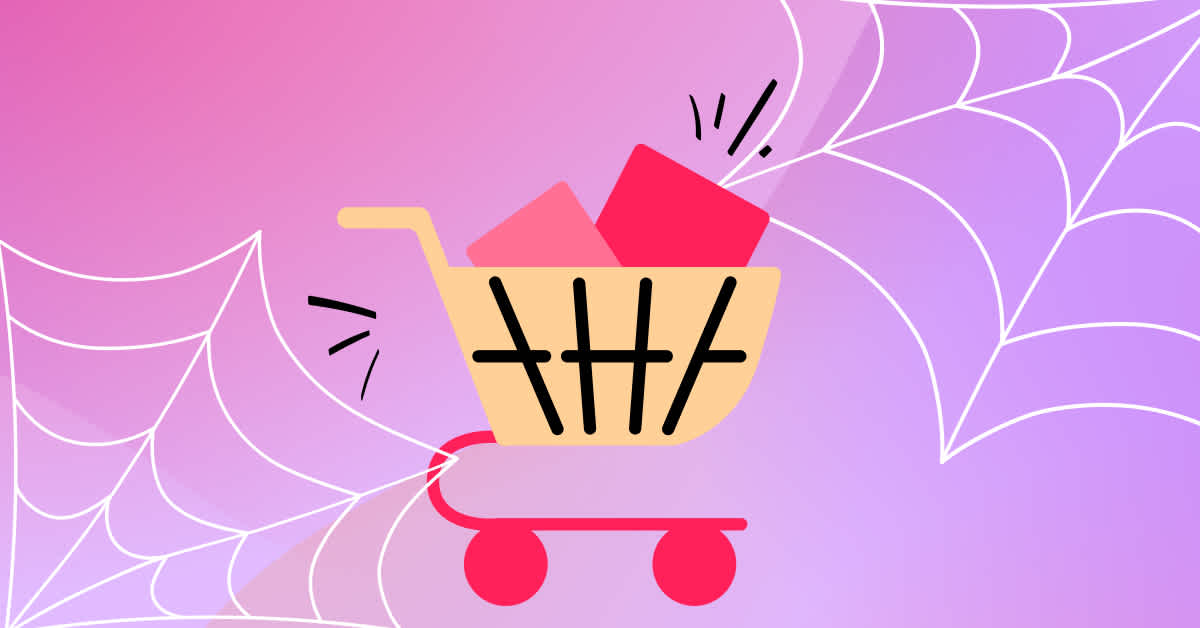Abandoned carts are a common challenge in eCommerce, with nearly 70% of online shopping carts left unpurchased. Fortunately, abandoned cart emails are a powerful tool for recovering lost sales.
When done right, these emails can nudge hesitant customers back to complete their purchases.
In this article, we’ll explore key strategies for crafting effective abandoned cart emails that engage and convert your audience.
1. Timing is Everything: Send Your First Reminder Promptly
Timing plays a crucial role in the effectiveness of abandoned cart emails. Customers can quickly forget about the items they left behind, so it’s important to send your first email within an hour of cart abandonment. This creates a sense of urgency and reminds the customer of their interest when the purchase is still fresh in their mind.
Tip: Follow up with a second and third email if the customer doesn’t respond to the first one. Spacing these out over a day or two maintains gentle pressure without overwhelming them.
2. Personalize the Email to Engage the Customer
Generic emails are easy to ignore. Personalization adds a layer of connection, making the email feel more relevant. Mention the specific products left in the cart, address the customer by name, and tailor the messaging based on their browsing or purchase history.
Example: “Hey [Customer Name], we noticed you left [Product Name] in your cart. It’s waiting for you!”
3. Include Compelling Visuals
People are often visual shoppers, so use high-quality images of the items they left behind. Make the products stand out in the email with bold and attractive images, creating a visual reminder of what initially caught their interest.
Tip: Ensure the visuals are mobile-friendly. Many shoppers open emails on mobile devices, so the email’s design should be responsive and visually appealing on all screen sizes.
4. Create a Sense of Urgency
Adding urgency to your email can push customers to take action. Use phrases like “Limited Stock” or “Offer Expires Soon” to instill FOMO (fear of missing out). You could also set a time-sensitive discount, like “Get 10% off if you complete your purchase in the next 24 hours.”
Tip: Don’t overuse urgency tactics; make sure any time-sensitive offers or limited stock notices are genuine to build trust with your customers.
5. Offer Incentives to Sweeten the Deal
Sometimes, customers abandon carts because they are unsure about price or shipping costs. Offering a small incentive, like a discount or free shipping, can be the nudge they need to complete the purchase.
Example: “Complete your order today and get 10% off, just for you!”
Tip: Include a discount code directly in the email, making it easy for the customer to apply it during checkout.
6. Showcase Social Proof and Reviews
Customers often look for validation before making a purchase. Including customer reviews, ratings, or user-generated content can provide that extra push, reassuring the customer that others are happy with the product.
Example: “See what our customers are saying about [Product Name]: ‘I love this product! It’s exactly what I was looking for.’”
7. Simplify the Checkout Process
Make the checkout process as smooth as possible for customers coming from an abandoned cart email. Include a clear CTA (call-to-action) button that takes the customer directly to their cart. Reduce friction by enabling one-click checkout or pre-filling their cart details.
Tip: Use concise and action-oriented CTAs, such as “Complete Your Purchase” or “Finish Checking Out.”
8. Test and Optimize Your Emails
A/B testing different elements of your abandoned cart emails can help you understand what resonates best with your audience. Test subject lines, email timing, visuals, and incentives to see what generates the highest conversion rates.
Tip: Don’t forget to monitor open rates and click-through rates to assess the overall performance of your emails. Make continuous improvements based on the data.
9. Maintain a Friendly and Helpful Tone
Abandoned cart emails should feel like a helpful reminder rather than a sales pitch. Use friendly and conversational language to engage the customer. Show empathy for the customer’s indecision by reminding them of the benefits of the product or offering assistance if they have questions.
Example: “Still thinking it over? We’re here to help! If you have any questions about [Product Name], feel free to reply to this email.”
10. Follow Up with a Win-Back Email
If your initial emails don’t lead to a purchase, a final win-back email can be sent a few days later. This email could remind the customer of their cart and reintroduce any special offers or incentives. If there’s still no response, consider sending a “last chance” email that suggests alternative items they might like based on their browsing history.
Tip: In this last email, focus on creating urgency or offering something new, like a time-sensitive discount or free shipping to entice them to come back.
Conclusion
Abandoned cart emails are a crucial part of any eCommerce strategy. By personalizing your emails, offering timely incentives, and creating a smooth checkout process, you can recover many of the sales you might otherwise lose.
Don’t forget to test and tweak your strategies for ongoing success, and always approach your customers with a friendly and helpful attitude to keep them coming back.






